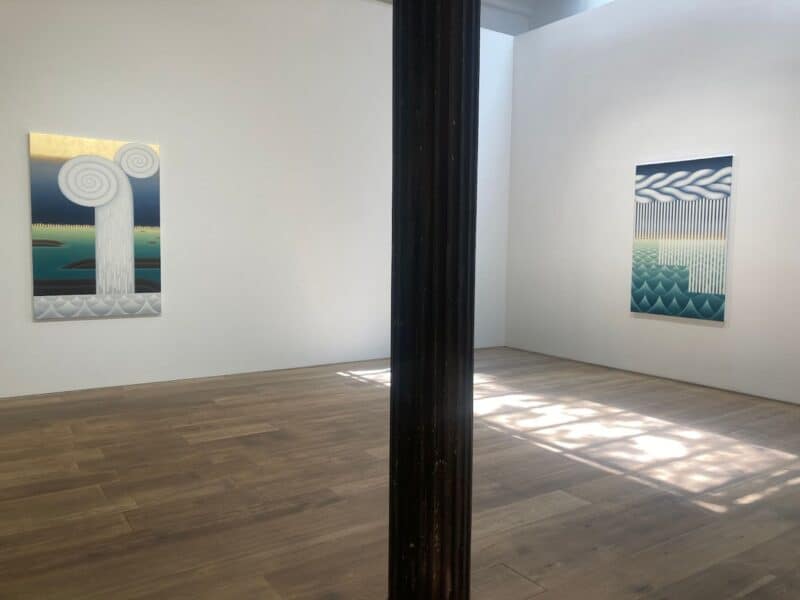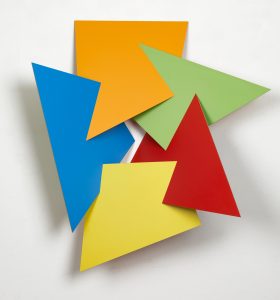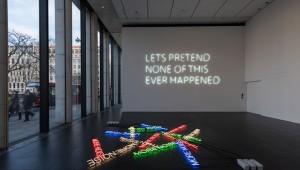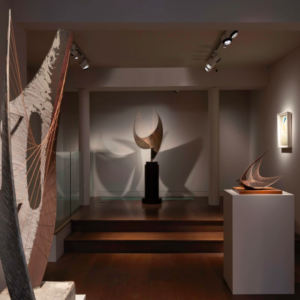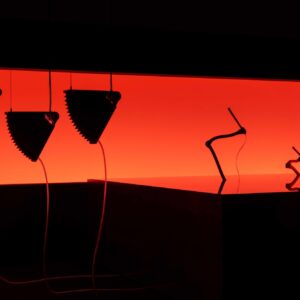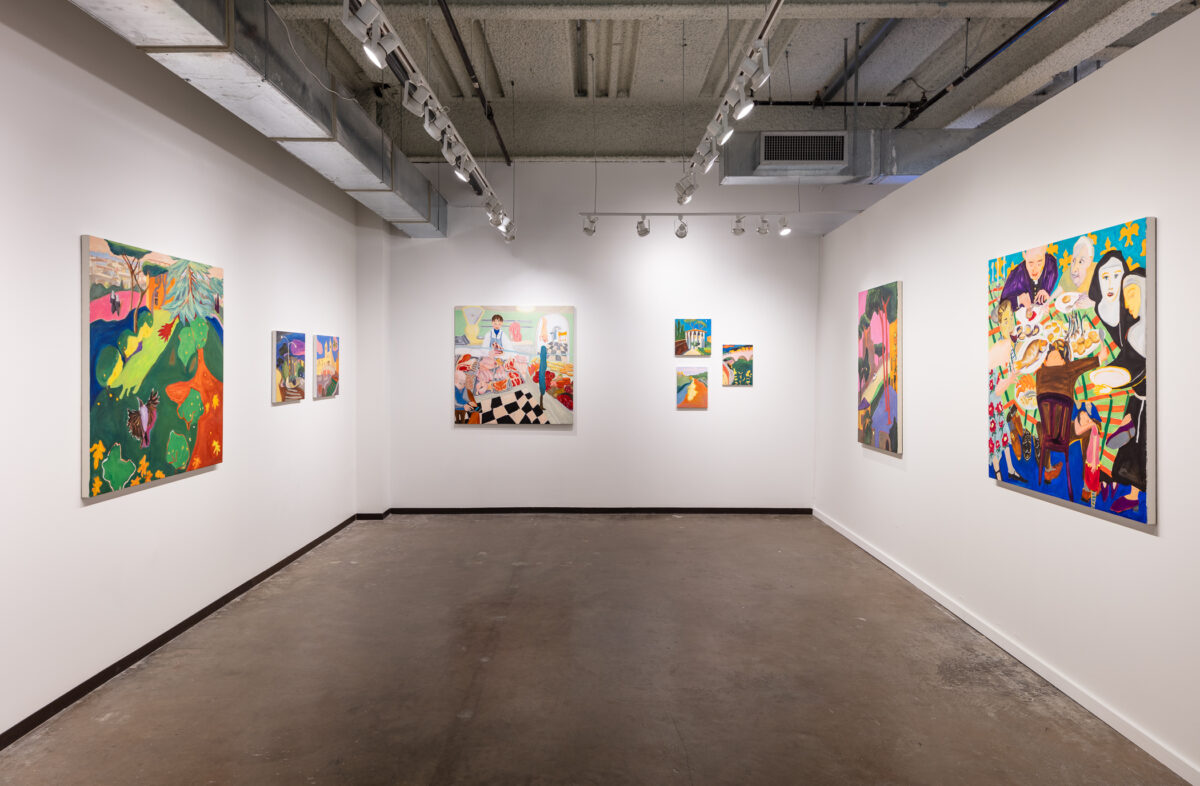
The 16th edition of the Dallas Art Fair just opened to characteristically enthusiastic and fashionable crowds, inaugurating Dallas Art Month alongside a Patrick Martinez survey at the Dallas Contemporary, and the second edition of the Dallas Invitational. This year’s 91 international exhibitors hail from America and abroad, anchored by the requisite heavy contingent from New York. Back for another year at its iconic Fashion Industry Gallery home, the Dallas Art Fair notoriously winds around a substantial first floor, with more intimate booths lining its second. Bowery-based Cristin Tierney Gallery marks their fair debut with a new body of work by Long Island-based painter Maureen O’Leary, her first time in the city, on the event’s first floor.
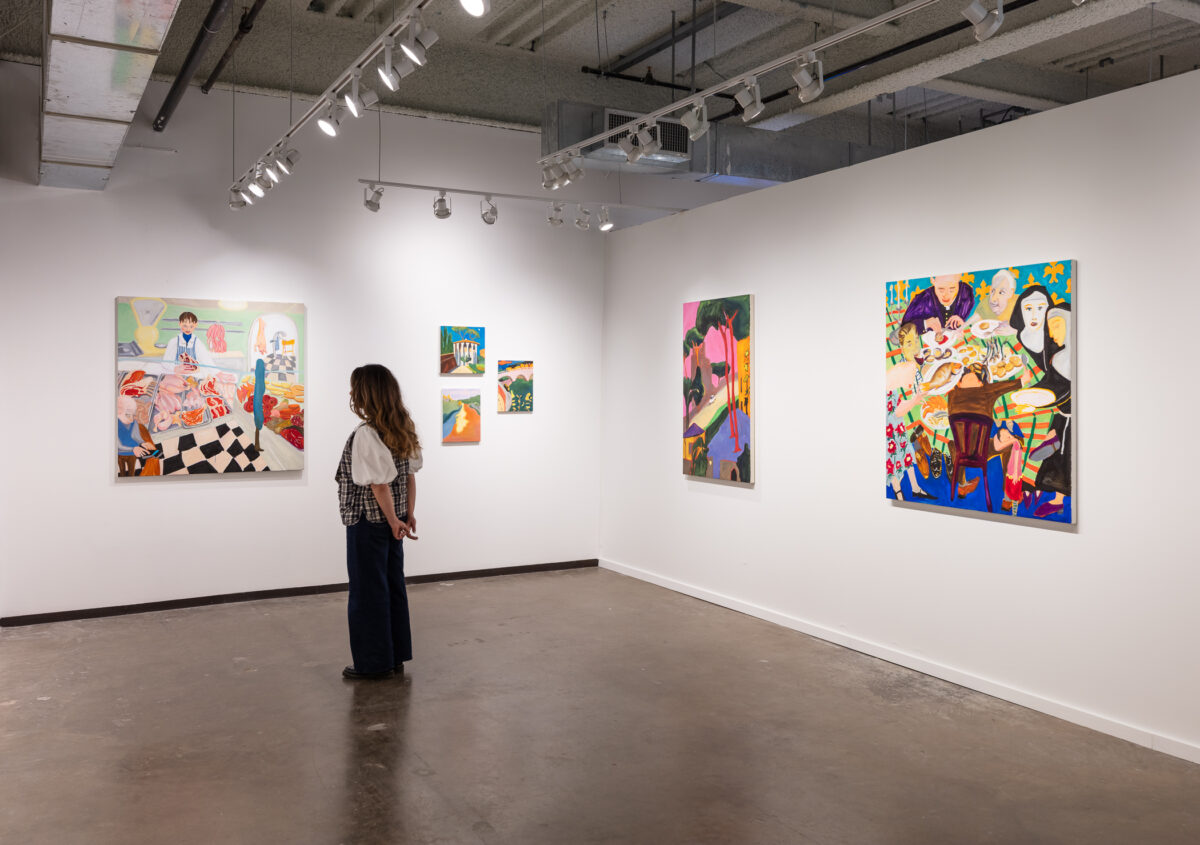
Since her first exhibitions in Paris and Washington, D.C. 35 years ago, O’Leary’s place-based painting practice has cataloged her snap impressions of in-between scenes through loose, vivid artworks inspired equally by Fauvist artists like Paul Ganguin and American abstractionists such as Stanley Whitney. O’Leary’s last exhibition at Cristin Tierney trained her perspective on the dualities of her lush Long Island hometown alongside her late mother-in-law’s locale of Los Angeles and Luqillo, Puerto Rico, where the artist has spent an ample amount of time painting.
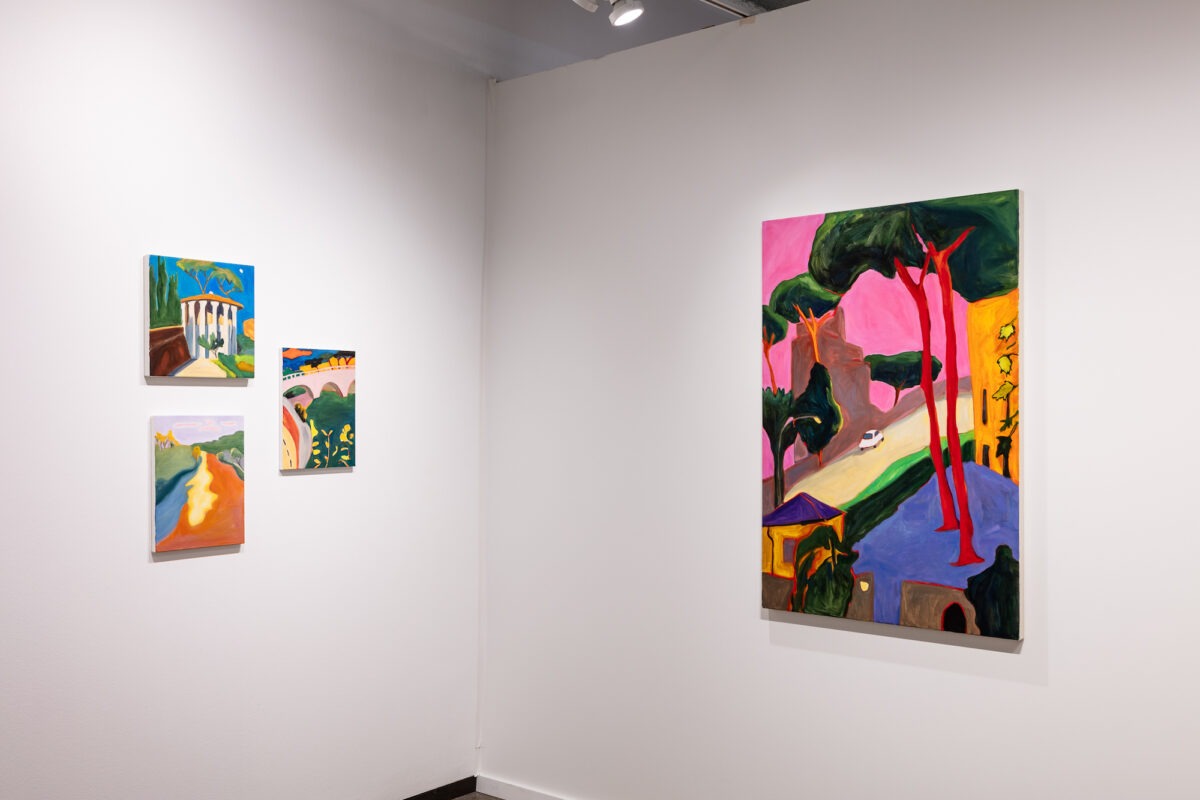
O’Leary’s solo booth at the Dallas Art Fair debuts a new body of work entirely produced during her six-week residency at the American Academy in Rome at the end of 2022. Janiculum Hill depicts the lively scene from her airy studio window, with an exaggerated perspective emphasizing the hill’s steep vertigo. A bird splays violet-tinged wings that match the habits on nuns strolling through the afternoon in the background. O’Leary brought dozens of canvases with her—and a staunch conviction that she’d finish all of them. The artist spent the latter portion of each day there exploring, gathering long glances and sketches of iconic scenery from the Spanish Steps to the Tiber, which demarcates Rome’s dense neighborhood of Trastevere.
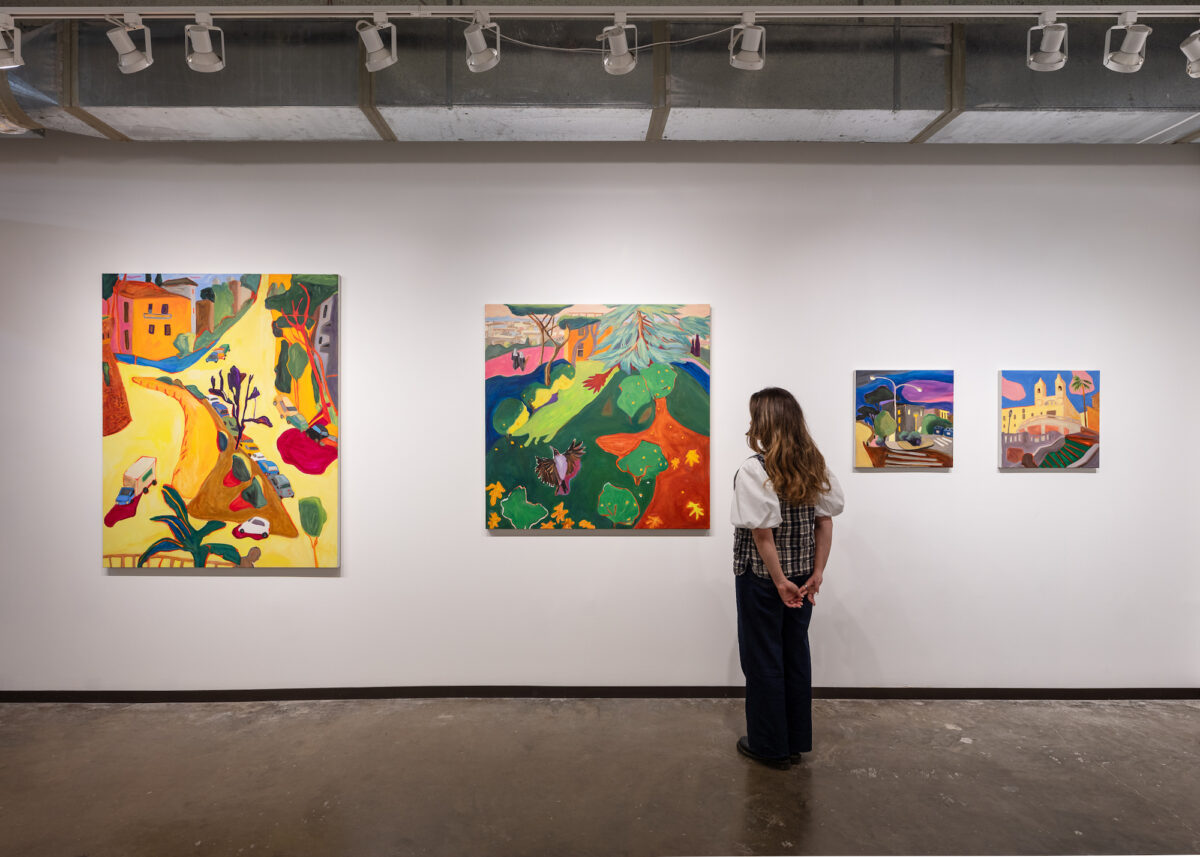
Altogether, the series casts this renowned ancient city in an unexpected contemporary light. Rome’s trademark energy and classic beauty inspired new paroxysms across O’Leary’s color theory. Hidden red and orange underpaintings lend the finished works a still-visible brilliance, accented by the fiery auburn of the city’s iconic stone pine trees, which also appears in her portrayal of the Spanish Steps, emphasized by uneven brushwork that echoes the steps’ notably uneven surfaces. O’Leary has also leaned into applying pink here, to the series’s benefit, on building facades, clouds, even the entire sky of The Ambassador’s House, Monteverde, Rome.
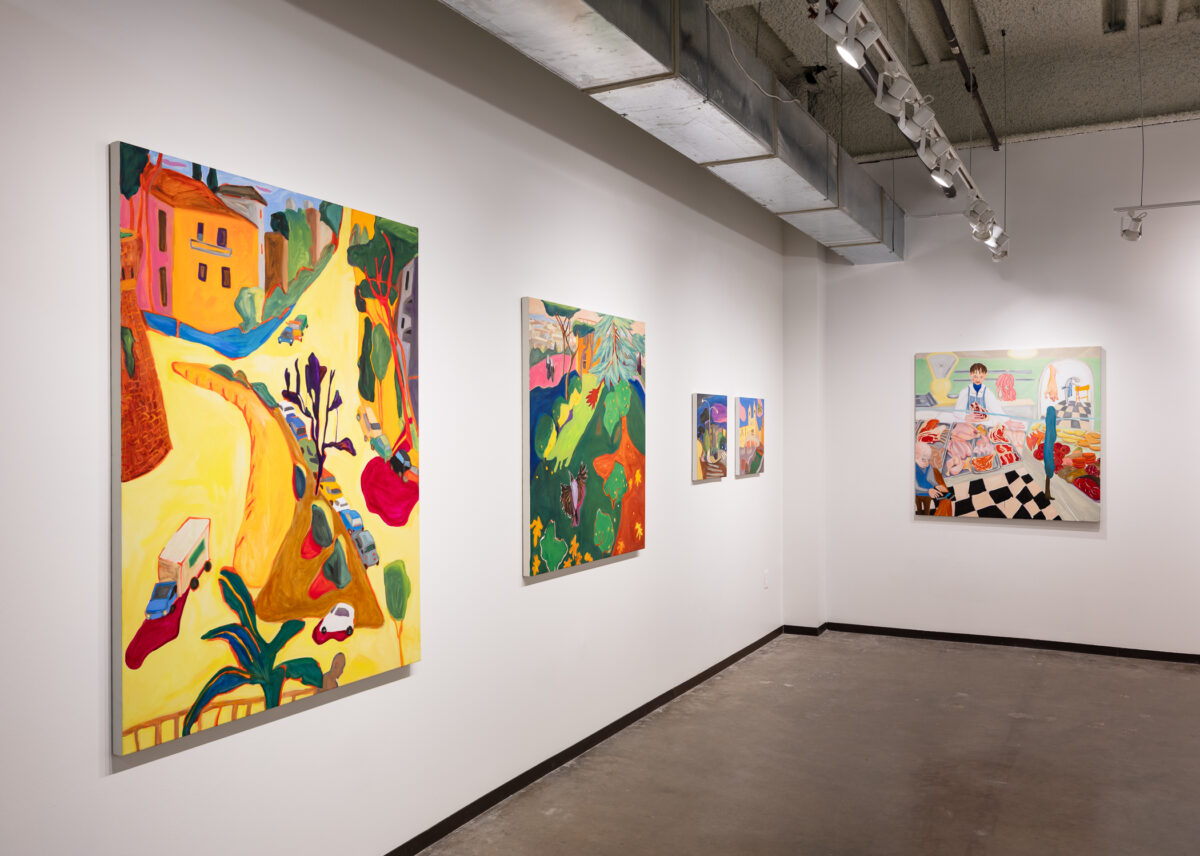
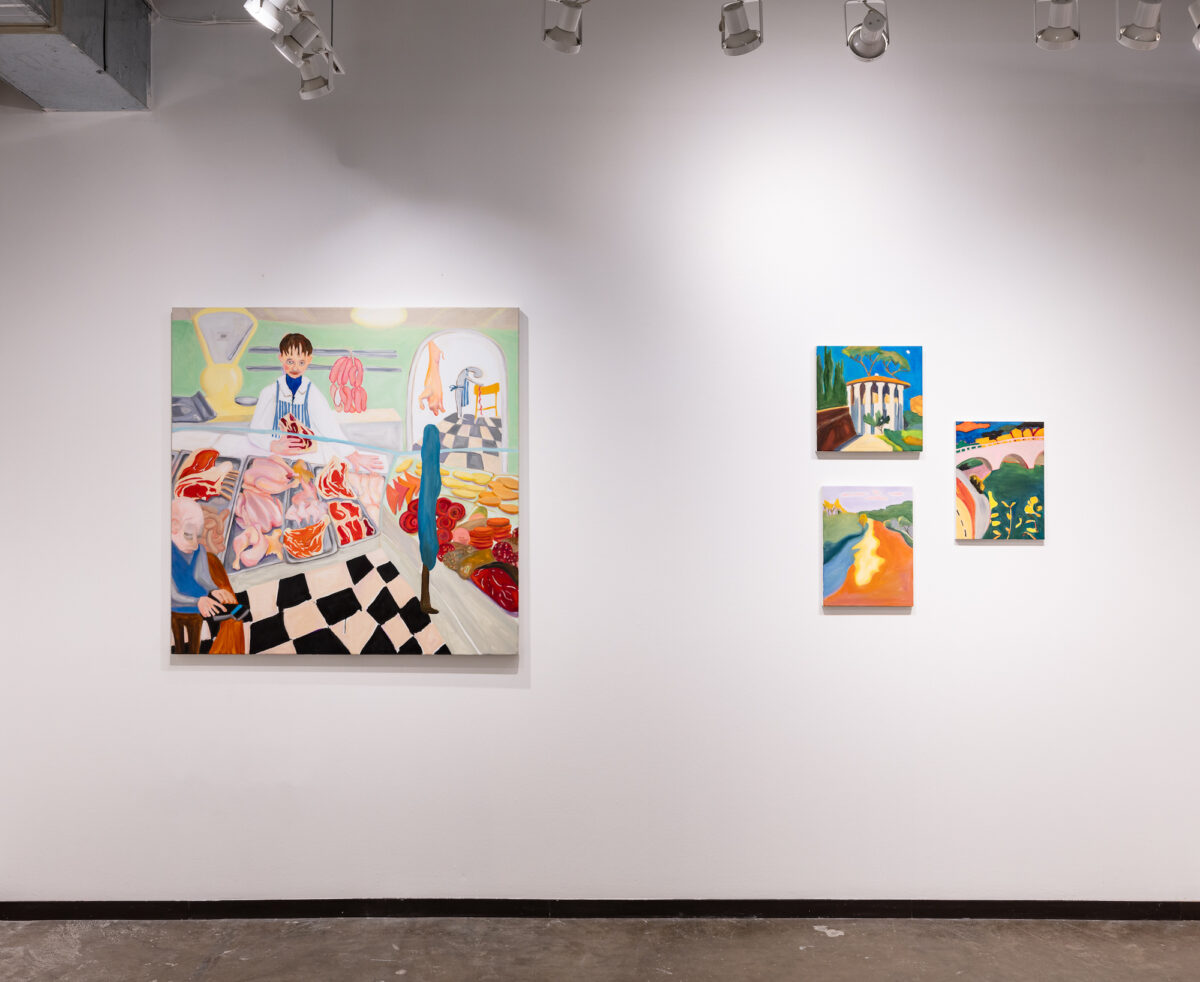
The two final works that O’Leary completed in this series stand out as stars. My Macelleria (2023) includes an unexpected amount of dense detail, down to the distinct marbling and textures denoting different cuts of meat throughout the very full cases—elaborating on O’Leary’s known penchant for rendering raw chicken. The faint blue-green glow of veins on the central shopkeeper’s hands clearly match the chicken below, evoking comparisons between the vendor and his wares. Moments of abstraction punctuate the scene, especially upon closer inspection, raising questions and creating intimacy with the viewer. Is the amorphous deep teal pillar in the foreground a customer? But even the gray silhouette of a butcher making sausage in the back still has detail. The butcher block’s slope shows it’s been at work a while, perhaps for centuries.
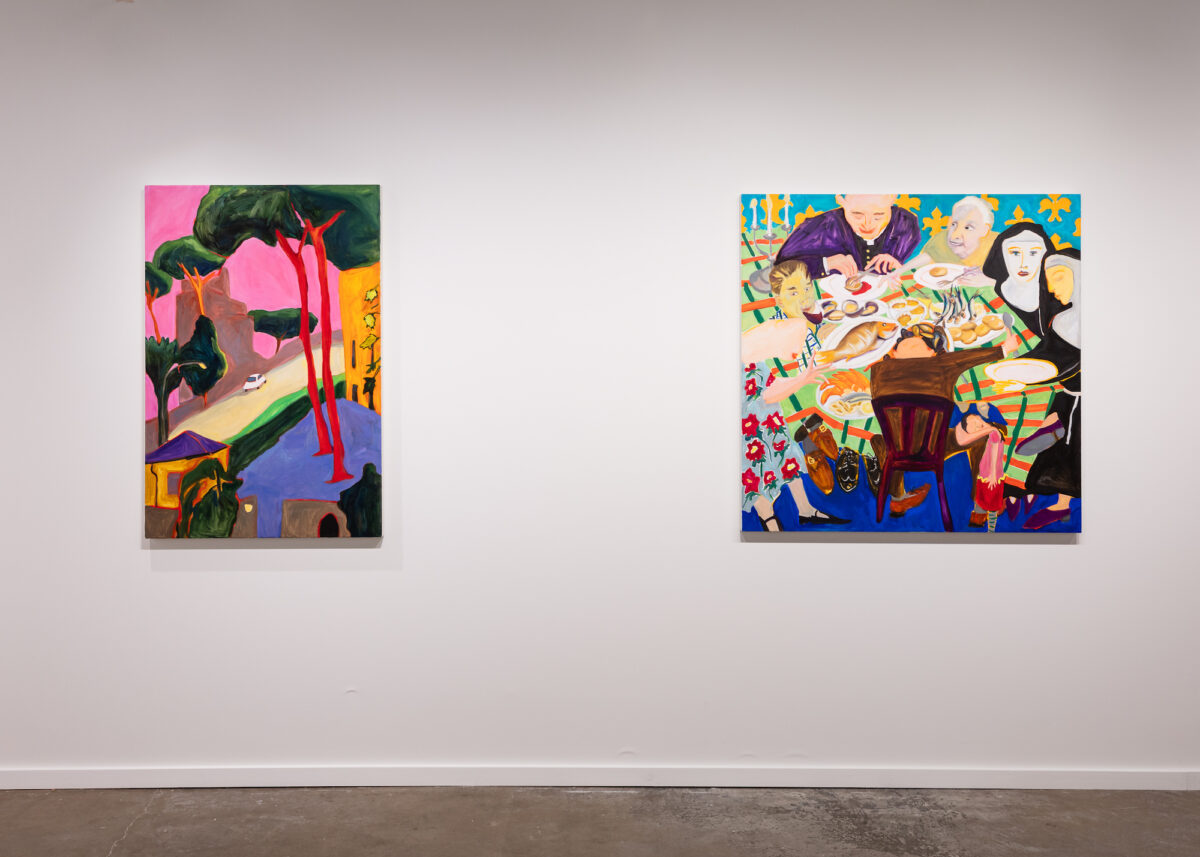
Food also inspired Family at Seven Fishes, Rome (2023-24)—a dizzying arrangement of eight figures around an expansive green and orange dinner table, savoring, grabbing at, and reveling around a feast of sardines, mussels. and more. Charting any single figure’s exact coordinates within all the chaos proves challenging, but O’Leary still diligently painted all of their feat with expert foreshortening and details that show how shoes can capture an entire personality. Flashes of intrigue ring the table’s lusciously portrayed offerings. The fish at center is so realistic that it makes the stomach rumble, and the three furthest figures away sport expressions and bone structures so animated you can nearly hear the function happening. Elsewhere, though, form similarly falls apart, like in the haunting elegance of one nun’s mask-like, timeless beauty.
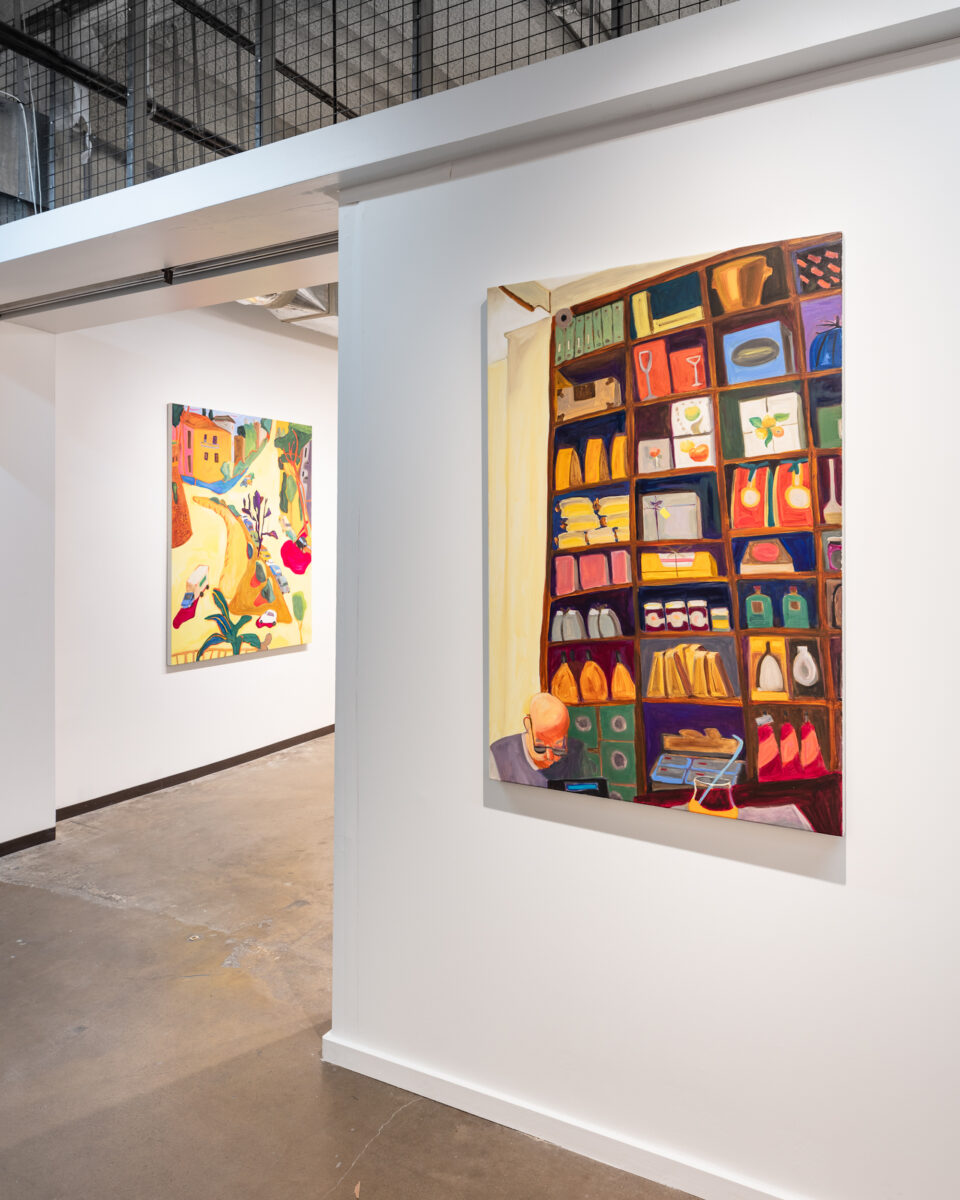
Nuns appear in several works throughout the series, and two in O’Leary’s Dallas Art Fair booth—as features of Rome’s visual iconography, as well as new, clear outlets for the artist’s growing contemplation on the unique history and persistence of female artists—and an embodiment of the progressive hopes for Catholicism that her Irish family instilled in her. Stay tuned to see whether O’Leary will take those themes as a longstanding souvenir from her trip.
All photos by Silvia Ross, Courtesy Cristin Tierney Gallery
